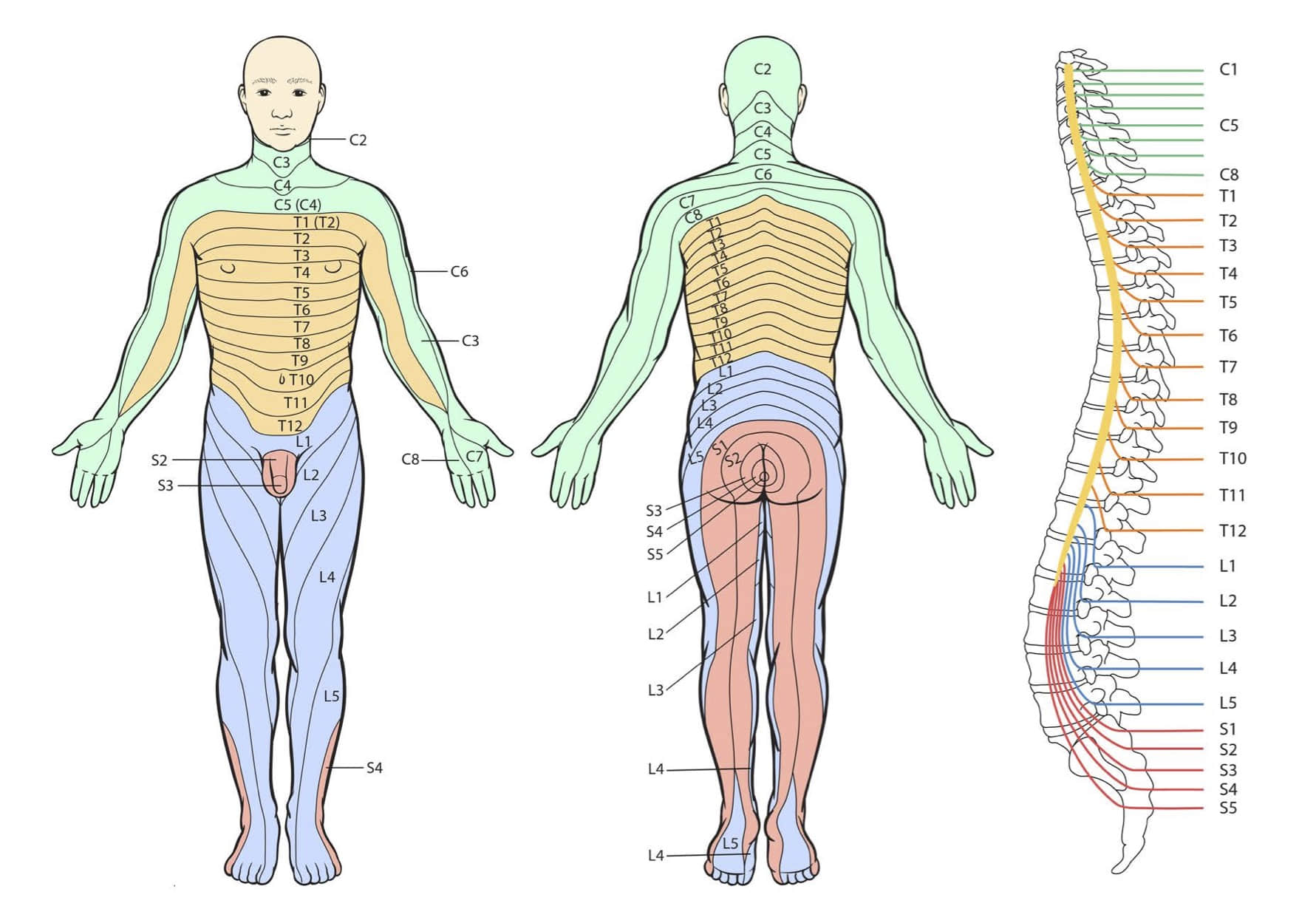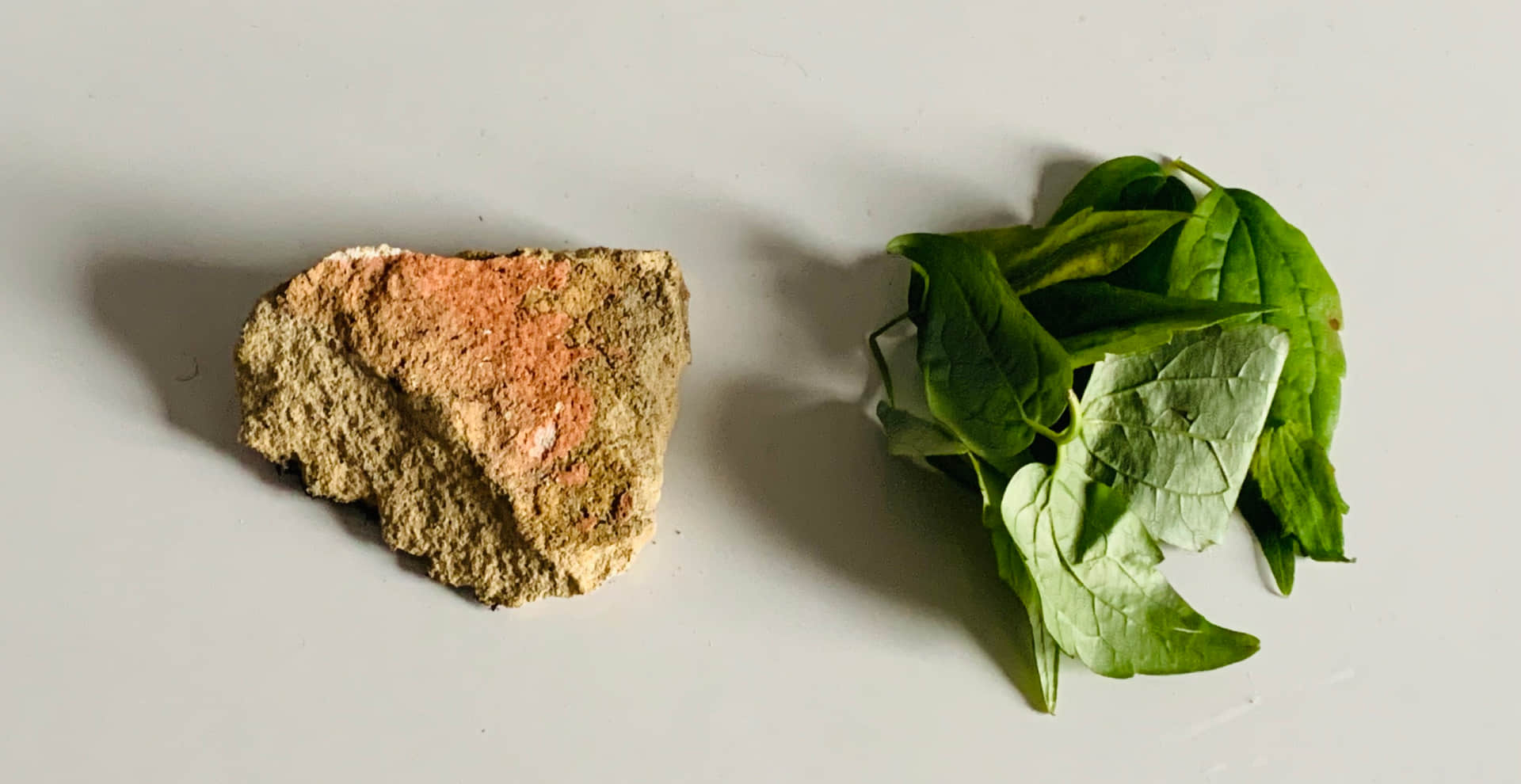
Soma and LARPing
Xenosomatic - Part 1
Brief: Design a sensory-based ritual or experience for the characters of the Xenosomatics world/culture we build together.
Team: Tiana, Maria S, Luchen, Sylvester.
The Collaborative Unit began in another lockdown, which means, unfortunately, will be online within a Zoom window. Susan Ploetz would be our guest lecturer for this Xenosomatic Project.
Design a sensory-based ritual or experience for the characters of the Xenosomatics world/culture we build together.
Somatic
‘Somatic view’ is a new term for me. Generally speaking, The viewpoint of observation distinguishes a soma from a body. Instead of recognising a human as an objective entity (a body) from a third-person view, a somatic perspective emphasises self-sensing from a first-person viewpoint to gather different data. But what kind of data? And why is it important? Thomas Hanna1 wrote that sciences, including physiology, psychology, and medicine, treat their subjects as inanimate, unconscious objects. But proprioceptive awareness also generates data affecting observation. Therefore, she argued that research and theorising should prevent excluding phenomenological evidence.
We can learn from subjectiveness.
Susan introduced and guided us through her workshop called Skinship (remote version). Via meditation with self-scanning, we immerse ourselves into an alien character created by individuals. In this exercise, I tried to immerse myself in a formless creature and ‘re-learned’ familiar objects such as leaves, rocks, pillows, and toilet papers. Some classmates found it difficult to soak into a non-human character. I think that makes most of confused during the meditation. Although struggling, I recognise fresh curiosity and confusion from a non-human perspective.

LARPing
Next, we discussed LARP (live-action role play), in which participants to improvise their actions based on their characterisation. But unlike TRPG (tabletop role play game), LARPers can involve costumes, spaces, or any physical items to create an embodied story. Susan described it as a specific form of somatic interaction with a history starting from nordic to worldwide and holds various topics. It has already shown value in behaviour research, and even help people with Asperger syndrome learn social skills.
LARP: Collaborative pretending with rules (Larping.org).
Controversially viewed as an Escapism activity, its emphasis on collaboration and improvisation reminds me of co-design. From a designer’s (or larpwrite’s) perspective, I immediately started questioning how to organise a game. Should participants have a shared vision of the story? What if they get ‘out of control’? Since we are all collaboratively pretending within rules2, the balance of freedom and control seems challenging. In the Xeno LARPing exercise, we also have different understandings of the characters and their relationships. I wonder if she considered it as creative interpretations or something worth improve, and further, how will she change next time.
In the next post, we will design an online LARP helping you turn into a bodiless being.